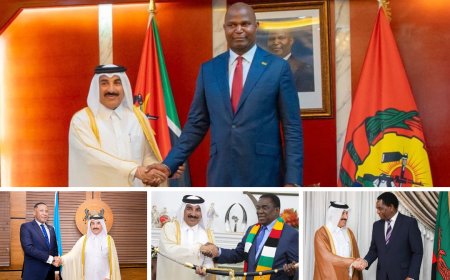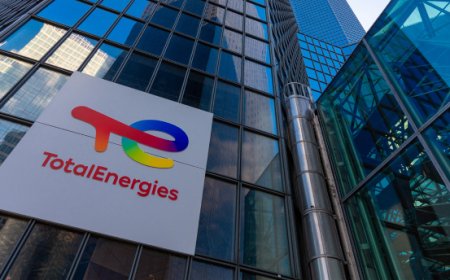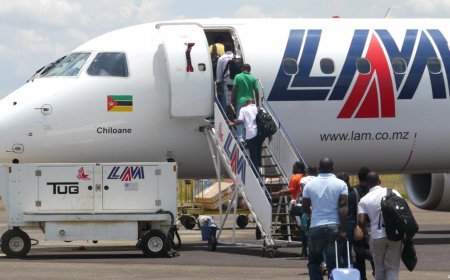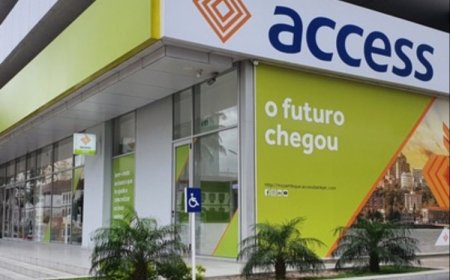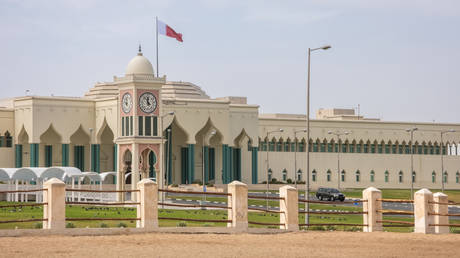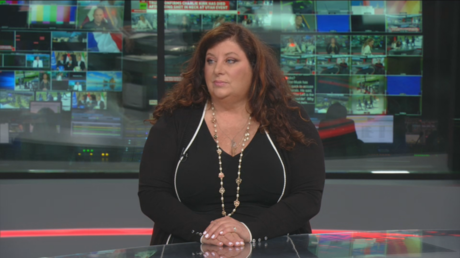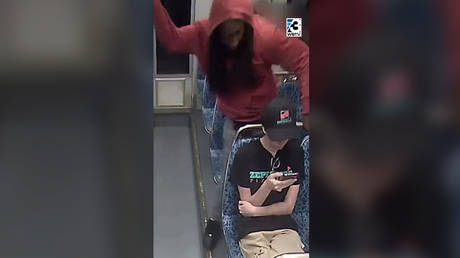Rehabilitation of 5,000 kilometres of roads planned
The Mozambican government plans to pave or rehabilitate about 5,000 kilometres of road in the centre and north of the country by 2024, using funds from the European Union and the World Bank, according to a report in Monday’s issue of the Maputo daily “Noticias”.
The EU is disbursing over 124 million euros (126.5 million dollars) for this programme, while the World Bank has made 110 million dollars available.
The money will cover not only the roads themselves, but also the associated bridges and drainage systems.
There is not yet any date for the beginning of the rehabilitation work, since consultants are still being hired.
The roads covered by this programme mostly link agricultural production zones to urban consumption areas. The roads mentioned in the “Noticias” report are in Nampula, Niassa and Zambezia provinces.
At a recent meeting of the Coordinating Council of the Ministry of Public Works, it was announced that the roads and bridges sector needs more than 113 million dollars in extra funding, if it is to meet the targets laid down in the government’s five year programme for the 2020-2024 period.
Major public works suffered enormously from the suspension of donor aid following the discovery, in April 2016, of the true scale of Mozambique’s “hidden debts”.
When it became public knowledge that three fraudulent, security-linked companies had, in 2013 and 2014, obtained over two billion dollars from the banks Credit Suisse and VTB of Russia on the basis of illicit loan guarantees signed by the then Finance Minister, Manuel Chang, the International Monetary Fund (IMF) suspended its programme with Mozambique.
The 14 donors who provided some of their assistance to Mozambique in the form of direct budget support, suspended all further disbursements. This caused a near immediate financial crisis, since the suspended budget support was at least 400 million dollars a year.
The money for major public works investment was no longer available, and so road repairs and rehabilitation could not occur on the scale the government had expected.
(AIM)
